Milestones reached on Korea free trade
THE Australian Parliament is moving swiftly on implementing the Korea-Australia Free Trade Agreement (KAFTA), with the report from the Joint Standing Committee on Treaties (JSCOT) tabled last week.
Trade and Investment Minister, Andrew Robb, responded promptly to the recommendation to proceed with binding treaty action and the Federal Government introduced ‘implementing customs’ legislation into Parliament on September 4. 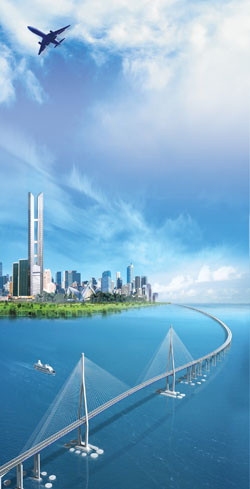
“This brings the entry into force of KAFTA, and the many benefits it offers, one step closer,” Mr Robb said. “JSCOT’s review has clearly recognised the benefit of KAFTA to Australian business and to the Australian economy.”
South Korea is Australia’s third-largest export market and fourth-largest trading partner, with bilateral trade worth $32 billion in 2013.
“KAFTA is a world-class, comprehensive agreement that substantially liberalises our trade and supports investment with a major market,” Mr Robb said.
KAFTA will significantly boost Australia’s position in this major market where competitors like the United States, European Union and ASEAN countries are already benefitting from preferential access.
“Both governments are working towards entry into force before the end of 2014, so that businesses in both countries can enjoy the benefits as soon as possible,” Mr Robb said.
KAFTA is also being reviewed by the Senate Foreign Affairs, Defence and Trade References Committee, which is due to report within one month of the tabling of the JSCOT report.
More information:
Korea-Australia Free Trade Agreement (KAFTA)
ends

 How to resolve AdBlock issue?
How to resolve AdBlock issue? 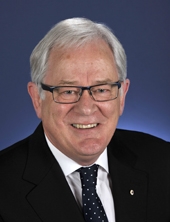
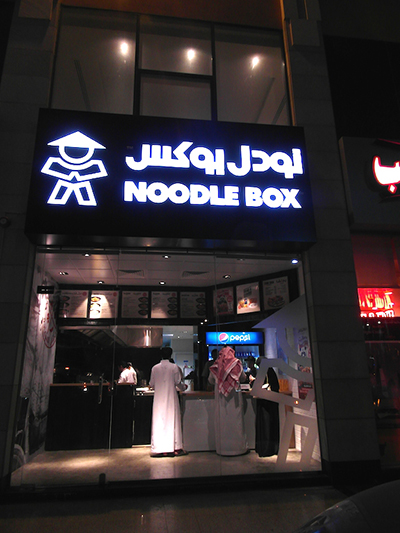
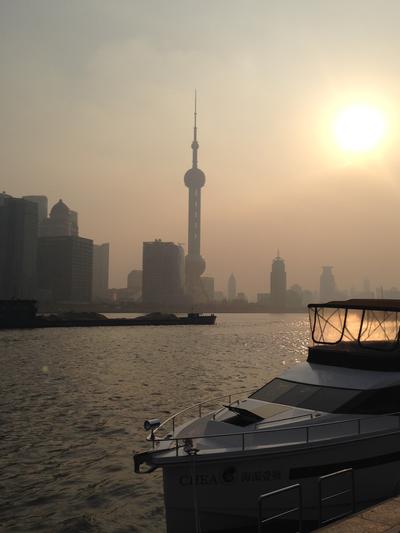
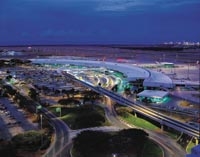 THE RATE of trade growth for the Northern Territory was a stand-out in 2012-13, but agricultural exports from other states recorded healthy growth too, according to the latest report from the Department of Foreign Affairs and Trade (DFAT).
THE RATE of trade growth for the Northern Territory was a stand-out in 2012-13, but agricultural exports from other states recorded healthy growth too, according to the latest report from the Department of Foreign Affairs and Trade (DFAT). 